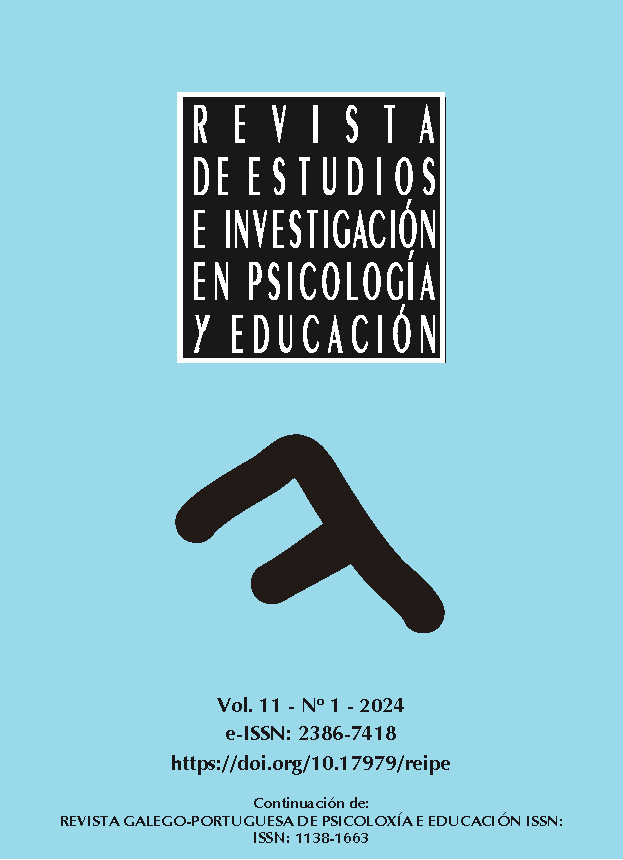Aprendizagem autorregulada e orientação do estudo: resultados de um projeto de intervenção
##plugins.themes.bootstrap3.article.main##
Resumo
Este artigo apresenta a aplicação e a avaliação de um projeto para a promoção de habilidades autorregulatórias entre estudantes do ensino médio técnico. O estudo foi realizado em uma Instituição Federal de Ensino do Estado de São Paulo, Brasil. A amostra do estudo foi constituída por 35 alunos recém-ingressos que apresentavam problemas de adaptação à nova rotina acadêmica e sintomas de ansiedade. Os/As estudantes receberam sessões sistemáticas de orientação de estudo para ajudá-los a desenvolver habilidades de aprendizagem autorregulada. Os dados foram coletados por meio dos seguintes métodos: Escala DASS-21 (versão brasileira), entrevistas semi-estruturadas iniciais e finais, e observações da pesquisadora. Os resultados mostram diferentes graus de sucesso dos e das estudantes na aquisição de habilidades de autorregulação. A comparação quantitativa pré e pós-teste dos dados da DASS-21 e o Método JT mostraram uma redução dos sintomas de ansiedade em 12 e 8 estudantes, respectivamente, e a análise de variância detectou uma redução significativa no escore médio de ansiedade do grupo após o projeto. A análise qualitativa mostrou que, para a maioria dos/das estudantes, as sessões do projeto promoveram o desenvolvimento de habilidades em autorregulação da aprendizagem, melhorando aspectos como o planejamento e a organização do estudo, entre outros. Novas pesquisas são necessárias, considerando as variáveis intervenientes.
Downloads
##plugins.themes.bootstrap3.article.details##

Este trabalho encontra-se publicado com a Licença Internacional Creative Commons Atribuição-CompartilhaIgual 4.0.
Os artigos publicados nesta Revista están licenciados com uma Licença Creative Commons Atribuição-CompartilhaIgual 4.0 Internacional.
Os/As autores/as são os titulares dos direitos de exploração (copyright) da sua obra, mas cedem o direito de primeira publicação à Revista de Estudios e Investigación en Psicología y Educación, que poderá publicar em qualquer língua e suporte, divulgar e distribuir o seu conteúdo total ou parcial por todos os meios tecnologicamente disponíveis e através de repositórios.
Permite-se e anima-se os/as autores/as a difundir os artigos aceites para publicação nos site pessoais ou institucionais, antes e após publicação, sempre que se indique claramente que o trabalho é publicado nesta revista e se proporcionem todos os elementos da referenciação bibliográfica junto com o acesso ao documento, preferencialmente através do DOI (caso seja indispensável usar um pdf, a versão final formatada pela Revista deve ser usada). No caso de artigos provenientes de estudos ou projectos financiados, tal será feito dentro dos prazos e condições estabelecidos pelo(s) organismo(s) financiadores da investigação publicada.



